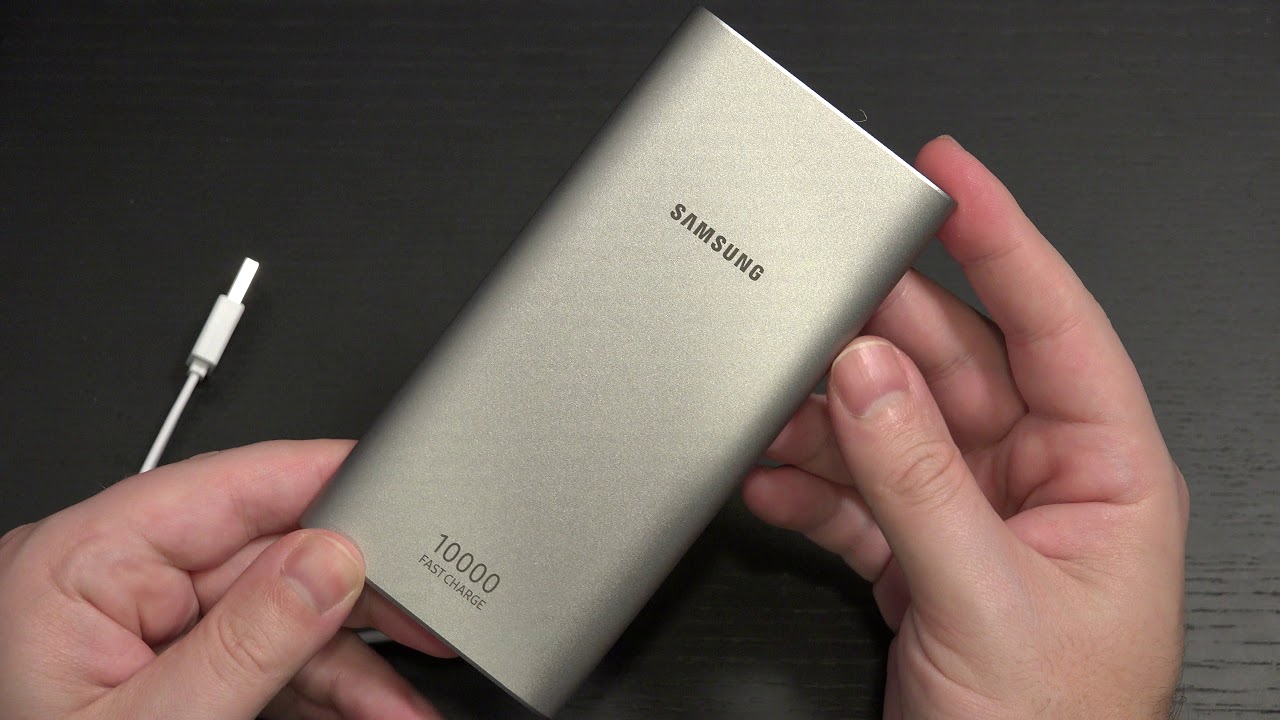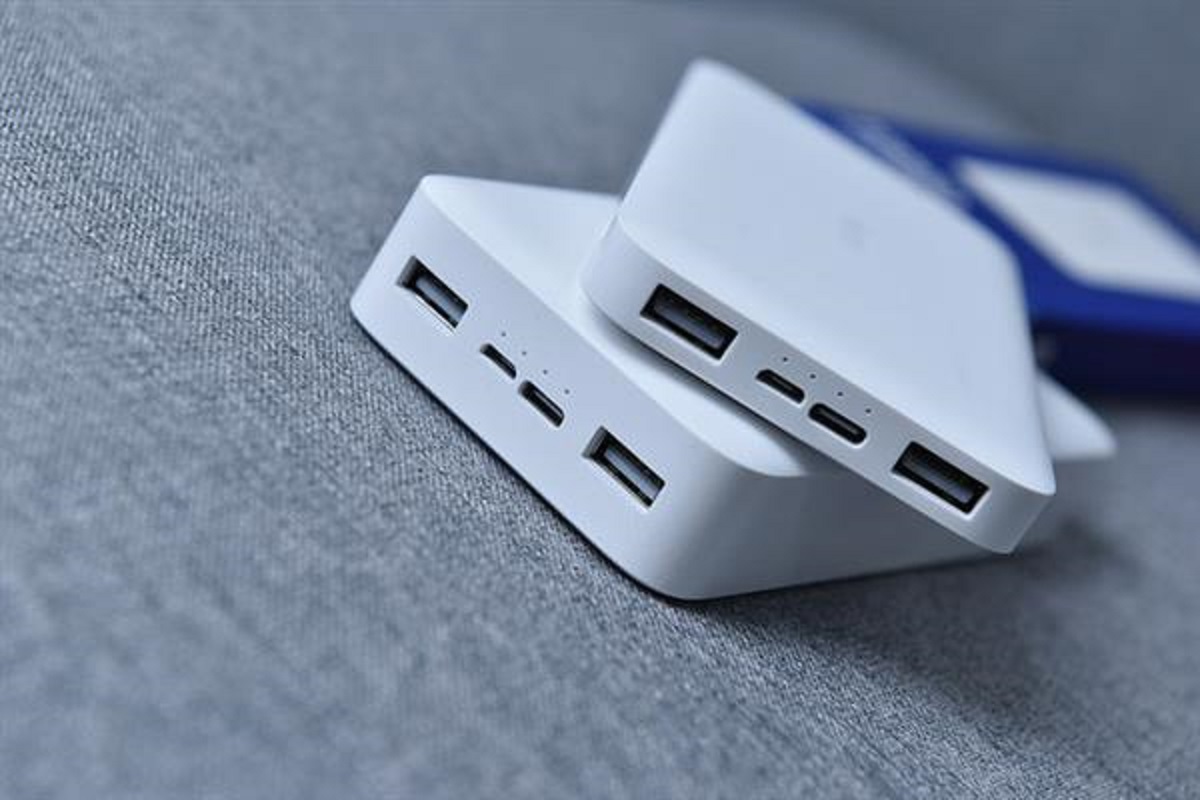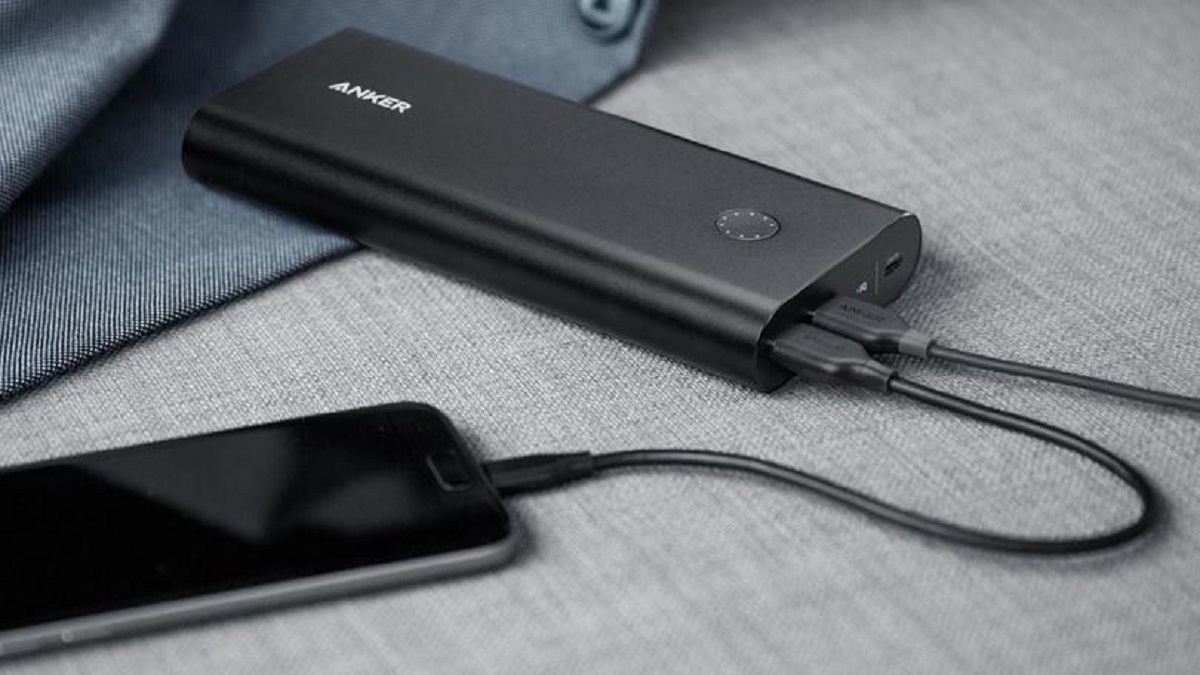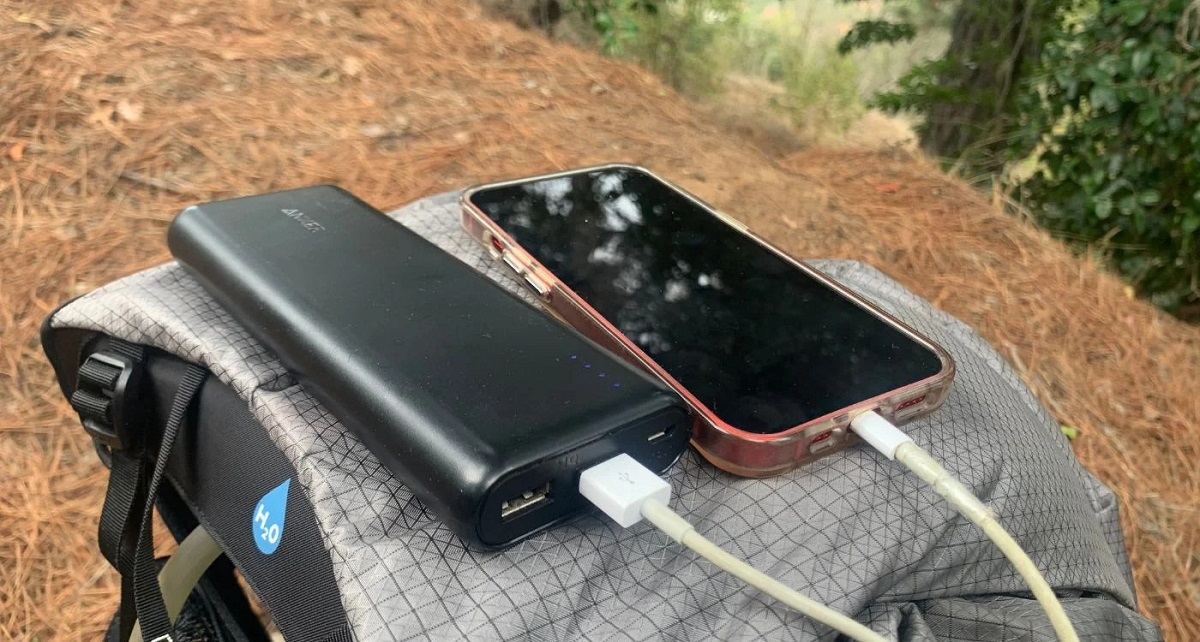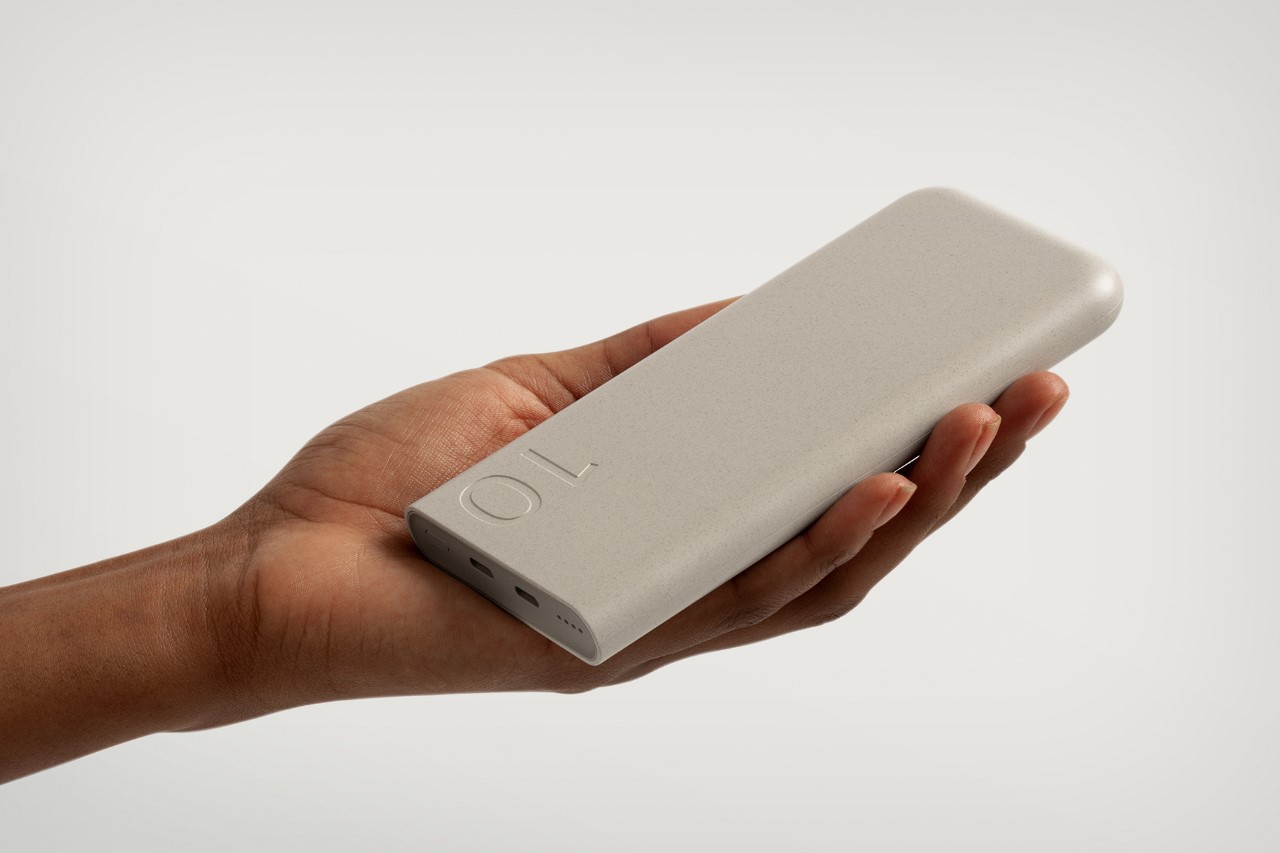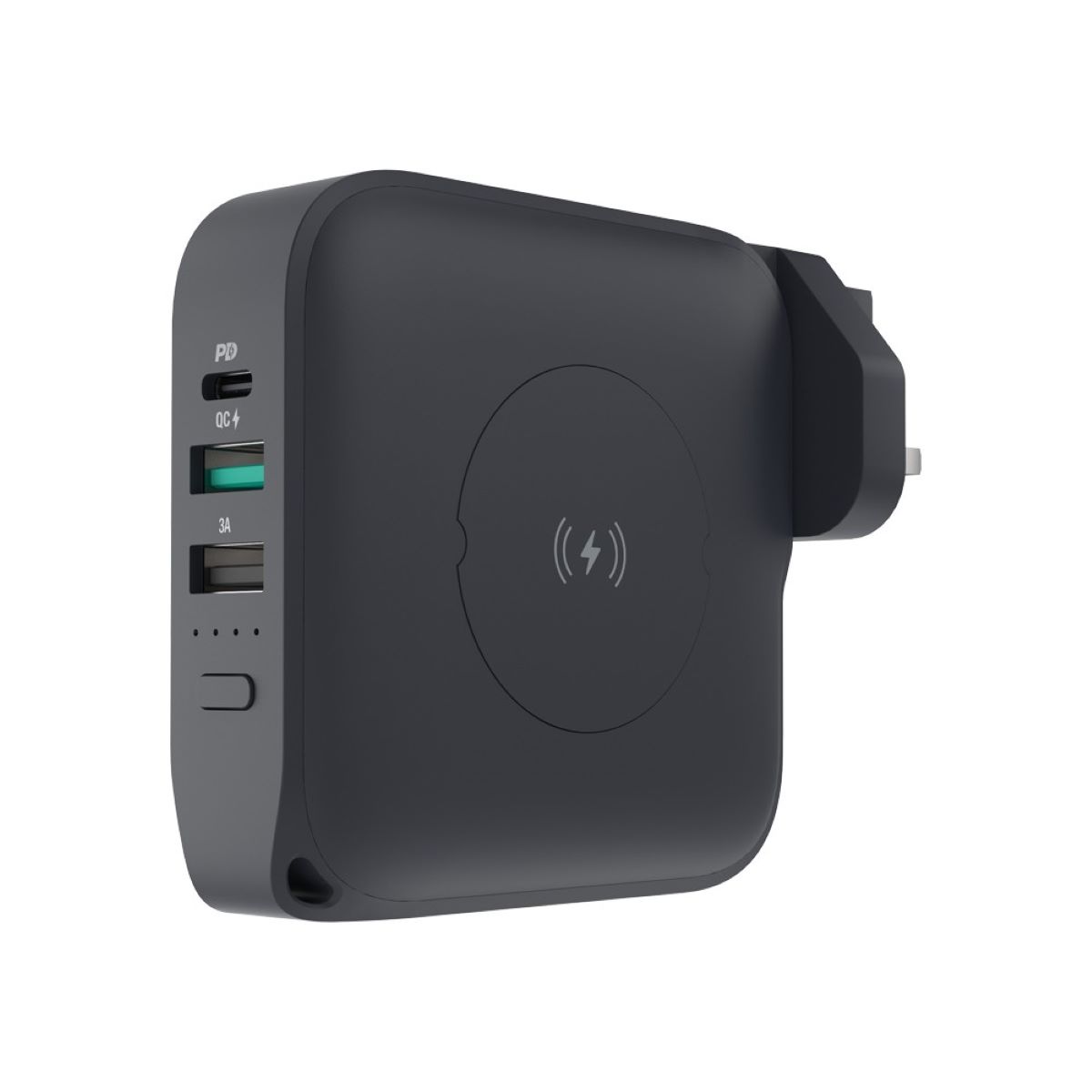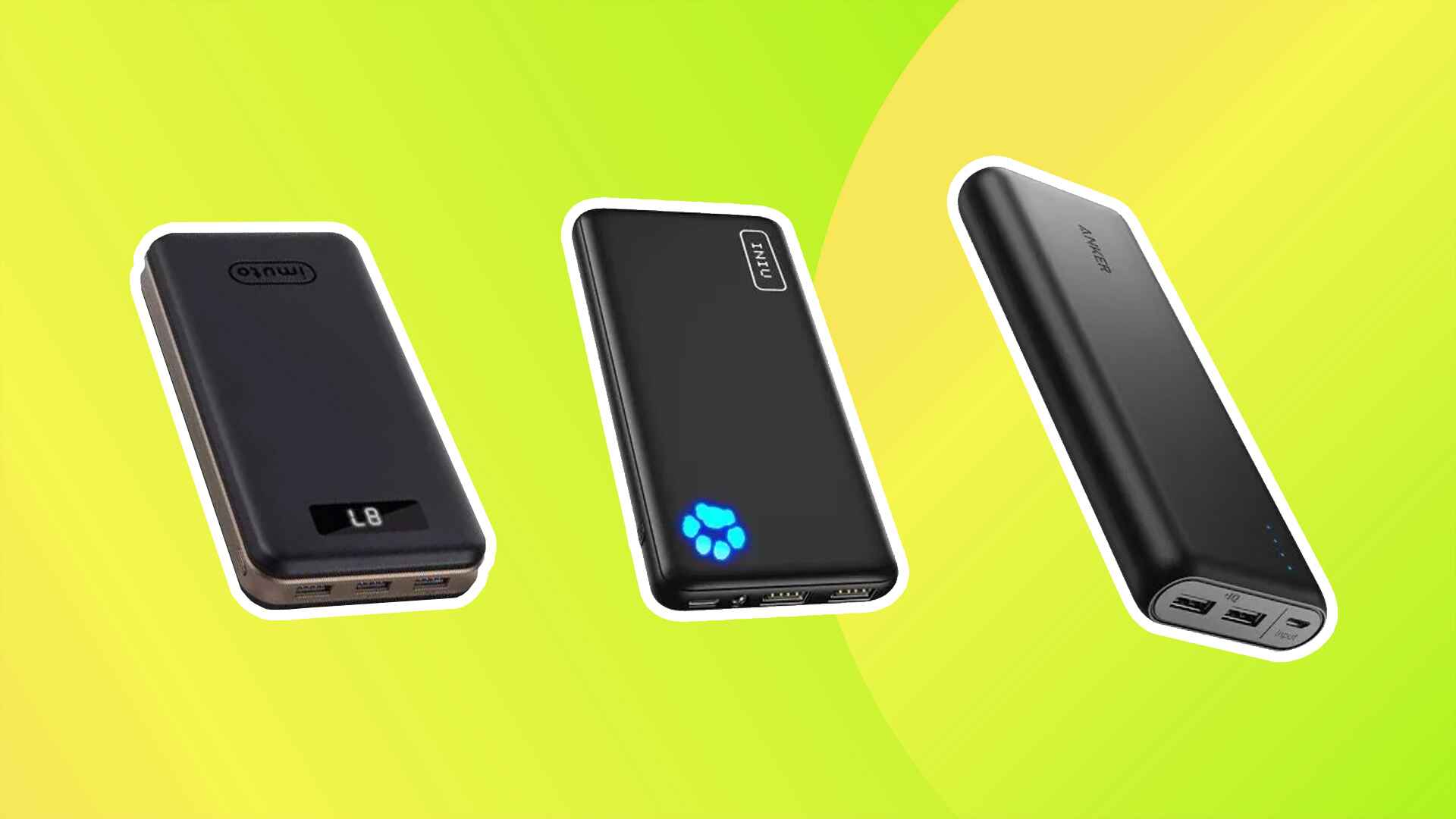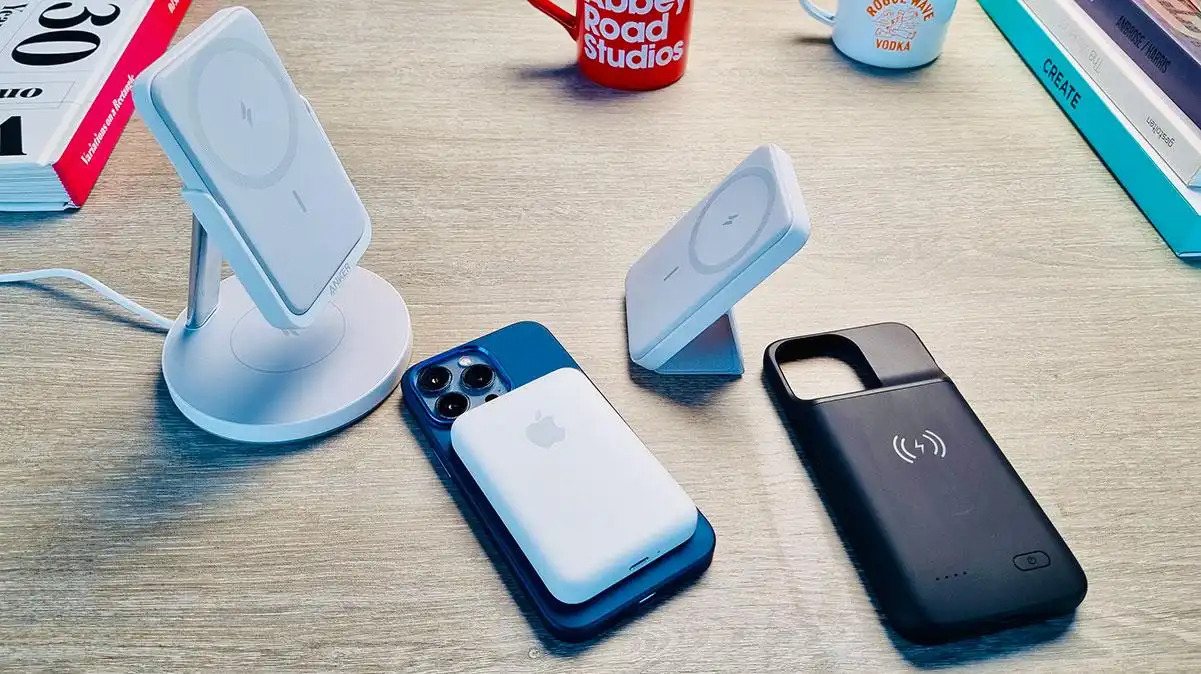Introduction
Welcome to the world of portable power! In today’s fast-paced and technology-driven society, staying connected is more crucial than ever. Whether you’re traveling, hiking, or simply running errands, having a reliable power source for your devices is essential. This is where power banks come to the rescue.
Power banks, also known as portable chargers, have become an indispensable gadget for anyone who relies heavily on smartphones, tablets, or other USB-powered devices. They provide a convenient way to recharge your devices on-the-go, eliminating the worry of running out of battery.
But how do you choose the right power bank for your needs? One of the key factors to consider is the power bank’s capacity, typically measured in milliampere-hours (mAh). Understanding the capacity of a power bank and how many charges it can provide is crucial in making an informed purchasing decision.
In this article, we will delve into the details of power bank capacity and specifically focus on the popular 10000mAh power banks. We will explore the meaning of mAh, factors that affect the number of charges, efficiency, charging cycles, and provide tips to optimize power bank usage.
So, if you’ve ever wondered how many charges a 10000mAh power bank can provide, read on!
Understanding Power Banks
Before we dive into the specifics of 10000mAh power banks, let’s take a moment to understand what power banks are and how they function.
A power bank is essentially a portable battery pack that allows you to charge your devices on the go. It works by storing electrical energy in its internal battery and then transferring that energy to your device when it’s connected. Power banks typically come equipped with one or more USB ports, allowing you to connect and charge various devices simultaneously.
Power banks are available in a wide range of capacities, from small ones that can provide a single charge to larger ones capable of multiple charges. The capacity of a power bank is measured in milliampere-hours (mAh), which indicates the amount of charge it can store.
Power banks are recharged by connecting them to a power source, such as a wall adapter or a USB port on a computer. Once fully charged, they can be used to charge devices when you’re away from conventional power outlets. They serve as a convenient backup power solution, ensuring that you stay connected when you need it most.
Power banks have become increasingly popular as our reliance on mobile devices continues to grow. Whether you’re traveling, attending conferences, or simply going about your daily routine, a power bank provides peace of mind by keeping your devices fully charged and ready to go.
Now that we have a basic understanding of power banks, let’s explore the specifics of 10000mAh power banks and how many charges they can provide.
What is mAh?
When it comes to power banks, you may have come across the term “mAh,” which stands for milliampere-hours. But what exactly does this term mean and how does it relate to power bank capacity?
mAh is a unit used to measure the capacity of a battery or power bank. It represents the amount of charge that a battery can deliver over time. The higher the mAh rating, the more energy the battery can store, and therefore, the longer it can power your devices.
To put it simply, if you have a power bank with a capacity of 10000mAh, it means that the battery can deliver a current of 1000 milliamperes (mA) for a duration of 10 hours. Alternatively, it can deliver 2000mA for 5 hours or 500mA for 20 hours.
It’s important to note that the mAh rating of a power bank indicates its total capacity, but it doesn’t necessarily mean you’ll get the full capacity in terms of device charges. This is because power banks are not 100% efficient and there are several factors that affect the actual charging capacity.
Understanding the mAh rating is essential when choosing a power bank that suits your needs. If you frequently use power-hungry devices with large batteries, such as tablets or high-end smartphones, you may want to consider a power bank with a higher mAh rating to ensure multiple charges.
Now that we have a basic understanding of mAh, let’s explore how many charges a 10000mAh power bank can provide.
How Many Charges Can a 10000mAh Power Bank Provide?
One of the most common questions when it comes to power banks is how many charges can a 10000mAh power bank provide? While it may seem like a straightforward question, the answer can vary depending on various factors.
As mentioned earlier, a 10000mAh power bank has a capacity to deliver 10000 milliamperes (mA) of current over the course of one hour. However, this capacity doesn’t translate directly into the number of device charges you’ll get.
The actual number of charges a 10000mAh power bank can provide depends on factors such as the efficiency of the power bank, the capacity of the device being charged, and the charging speed.
On average, a 10000mAh power bank can provide about 2-3 full charges for smartphones with an average battery capacity of 3000-4000mAh. This means you can charge your phone from 0% to 100% two to three times before the power bank itself needs to be recharged.
For devices with larger battery capacities, such as tablets or laptops, the number of charges will be lower. These devices typically have batteries with capacities ranging from 5000mAh to 10000mAh or more. In this case, a 10000mAh power bank may provide around 1-2 charges, depending on the device.
Additionally, the charging speed of both the power bank and the device being charged can also impact the number of charges. Some power banks have higher output currents, which can result in faster charging. Likewise, devices with fast charging capabilities can be charged more quickly, reducing the drain on the power bank.
It’s worth noting that the actual number of charges can vary depending on the specific device, battery condition, and usage patterns. However, the estimates provided above serve as a general guideline for what you can expect from a 10000mAh power bank.
Now that we have an idea of how many charges a 10000mAh power bank can provide, let’s explore the factors that can affect the number of charges.
Factors That Affect the Number of Charges
While a 10000mAh power bank can provide a certain number of charges, it’s important to understand that this number can be influenced by various factors. Let’s take a look at some of the key factors that can affect the number of charges you can get from a 10000mAh power bank.
1. Device Battery Capacity: The capacity of the device’s battery that you’re charging plays a significant role in determining the number of charges. Devices with larger battery capacities, such as tablets or laptops, will consume more power and require more charging cycles, resulting in fewer charges from the power bank.
2. Efficiency of the Power Bank: Power banks are not 100% efficient, meaning some energy is lost during the charging process due to heat and other factors. Higher-quality power banks tend to have better efficiency rates, while lower-quality ones may have lower efficiency, resulting in fewer charges.
3. Charging Speed: The charging speed of both the power bank and the device being charged is another important consideration. Some power banks offer fast charging capabilities, allowing for quicker charging times. Similarly, devices with fast charging support can be charged more rapidly, reducing the overall power bank drain.
4. Charging Cables and Connectors: The quality and condition of the charging cables and connectors can impact the charging efficiency and speed. Using low-quality or damaged cables and connectors can result in power losses and slower charging times, affecting the number of charges you can get from the power bank.
5. External Factors: External factors such as ambient temperature and the usage pattern of the devices being charged can also affect the overall charging efficiency and the number of charges. Extreme temperatures, both hot and cold, can reduce the overall efficiency of the power bank and decrease the number of charges it can provide.
It’s important to keep these factors in mind when considering the number of charges a 10000mAh power bank can provide. While it’s difficult to provide an exact number due to these variables, these factors can give you a general understanding of how they can impact the overall performance of the power bank.
Now that we have explored the factors that can affect the number of charges from a 10000mAh power bank, let’s take a closer look at the efficiency of power banks.
Efficiency of Power Banks
When it comes to power banks, efficiency plays a vital role in determining the overall performance and the number of charges it can provide. Efficiency refers to how effectively a power bank can convert its stored energy into usable power for your devices.
Power banks are not 100% efficient; some energy is lost during the charging and discharging process due to factors like heat, resistance, and voltage conversions. The efficiency of a power bank is typically expressed as a percentage, with higher percentages indicating better efficiency.
Higher-quality power banks are designed with advanced circuitry and components that maximize efficiency, resulting in less energy loss during charging and a higher number of charges. Conversely, lower-quality power banks may have lower efficiency rates, leading to increased energy waste and fewer charges.
It’s important to note that the efficiency of a power bank can vary depending on the charging conditions and the devices being charged. Different devices have different charging profiles, and the power bank’s efficiency can be influenced by the current requirements and voltage compatibility of the devices.
Efficient power banks not only provide more charges but also ensure that the charging process is more effective, resulting in faster and more consistent charging speeds. This is particularly important when charging multiple devices simultaneously, as an efficient power bank can distribute power efficiently across all connected devices.
When purchasing a power bank, it’s advisable to choose one from reputable brands that explicitly mention the efficiency rating. Look for power banks that have high efficiency percentages (ideally 80% or above) to maximize the number of charges and overall performance.
In addition to efficiency, it’s also worth considering power bank certifications, such as UL or MFi, which ensure that the power bank meets safety and quality standards. These certifications can give you further assurance of the power bank’s performance and reliability.
Now that we have explored the importance of power bank efficiency, let’s move on to discuss charging cycles and battery degradation.
Charging Cycles and Battery Degradation
When using a power bank, it’s important to understand the concept of charging cycles and how they can impact the overall lifespan and performance of the power bank’s battery.
A charging cycle is defined as the process of completely discharging the battery and then fully recharging it. Power banks, like any other lithium-ion or lithium-polymer batteries, have a limited number of charging cycles before their performance starts to degrade.
The number of charging cycles a power bank can withstand before experiencing noticeable degradation can vary depending on factors such as the quality of the battery cells, usage patterns, and charging practices. However, most good-quality power banks are designed to handle hundreds of charging cycles before any significant decrease in performance occurs.
As the power bank battery undergoes charging cycles, its capacity may gradually decrease over time. This means that with each charging cycle, the power bank may provide slightly less charge compared to its original capacity. However, it’s important to note that this decrease in capacity typically happens gradually and may not be noticeable in the early stages of the power bank’s lifespan.
To maximize the lifespan and maintain the performance of your power bank, it’s recommended to avoid completely draining the battery and instead charge it when it reaches around 20-30% capacity. Additionally, try to avoid exposing the power bank to extreme temperatures, as this can also impact the battery’s overall lifespan and performance.
It’s worth mentioning that some power banks come with advanced battery management systems that help optimize charging cycles and protect the battery from overcharging, excessive discharge, or short-circuits. These systems can help extend the lifespan of the power bank and ensure safer operation.
While the battery degradation process is inevitable, taking proper care of your power bank and following best charging practices can help prolong its lifespan and maintain its overall performance. This means you can continue to enjoy multiple charges from your 10000mAh power bank for an extended period.
Now that we have explored the concept of charging cycles and battery degradation, let’s move on to discuss some tips to optimize power bank usage.
Tips to Optimize Power Bank Usage
To make the most out of your power bank and ensure optimal performance, here are some handy tips to keep in mind:
- Choose the Right Capacity: Consider your charging needs and the devices you plan to charge. If you have power-hungry devices or frequently use multiple devices, opt for a higher-capacity power bank like a 10000mAh model.
- Invest in Quality: Choosing a reputable brand and good-quality power bank is essential. These power banks tend to have better efficiency, safety features, and longer lifespans.
- Store Properly: When not in use, store your power bank in a cool and dry place. Avoid exposing it to extreme temperatures, moisture, or direct sunlight, as these can damage the battery.
- Use the Right Cables and Connectors: Always use high-quality cables and connectors that are compatible with your devices. This ensures efficient charging and minimizes energy loss.
- Avoid Overcharging: Once your devices are fully charged, disconnect them from the power bank. Overcharging can strain the power bank’s battery and decrease its overall lifespan.
- Charge Smart: When charging your power bank, use a reliable power source like a wall adapter or a USB port on a computer. Avoid using cheap or unknown power sources, as they may not provide a stable and safe charging environment.
- Protect from Physical Damage: Handle your power bank with care and avoid dropping it or subjecting it to excessive force. Physical damage can affect its performance and safety.
- Keep an Eye on LED Indicators: Most power banks have LED indicators that show the remaining battery level. Keep an eye on these indicators to know when to recharge your power bank.
- Use Energy-Saving Modes: Many power banks come with energy-saving modes that automatically turn off when no device is connected. Enable these modes for improved efficiency and power-saving.
By following these tips, you can optimize the usage of your power bank, extend its lifespan, and ensure you always have a reliable power source when you need it.
Now that we have explored these tips, let’s wrap up our discussion.
Conclusion
Power banks have revolutionized the way we stay connected in today’s fast-paced world. The 10000mAh power bank, with its ample capacity, has become a popular choice for charging smartphones, tablets, and other USB-powered devices on the go.
In this article, we explored the intricacies of power bank capacity, understanding what mAh represents and how it relates to the number of charges a power bank can provide. We discussed factors that affect the number of charges, such as device battery capacity, efficiency of the power bank, charging speed, and external influences.
We also touched on the importance of power bank efficiency and how it can impact the overall performance and charging capacity. Furthermore, we highlighted the concept of charging cycles and battery degradation, emphasizing the need for proper care to prolong the lifespan of a power bank.
To optimize power bank usage, we provided valuable tips such as choosing the right capacity, investing in quality, proper storage, using the right cables and connectors, avoiding overcharging, charging smartly, protecting from physical damage, monitoring LED indicators, and utilizing energy-saving modes.
By following these tips and considering these factors, you can make the most out of your 10000mAh power bank, enjoying multiple charges while staying connected on the go.
Whether you’re a frequent traveler, a tech enthusiast, or simply someone who relies heavily on their devices, a 10000mAh power bank is a reliable companion. So, grab your power bank, charge up, and stay connected wherever you are!







